Saturday, February 16, 2008
DIY Synthesizer Demo
YouTube via MusicMiK. http://mik.k5000.org/
"This is a little demonstration of my DIY synthesizer. Due to video length limits, just a very very small subset of the features is shown.
The synthesizer provides 2 VCOs, 2 12dB state variable filters, ring modulator, noise and an extremely flexible routing system with 26 VCAs to get everything together. It consists of about 1300 parts and is completely built onto veroboards."
PREVIOUS PAGE
NEXT PAGE
HOME
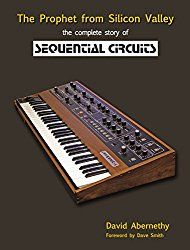



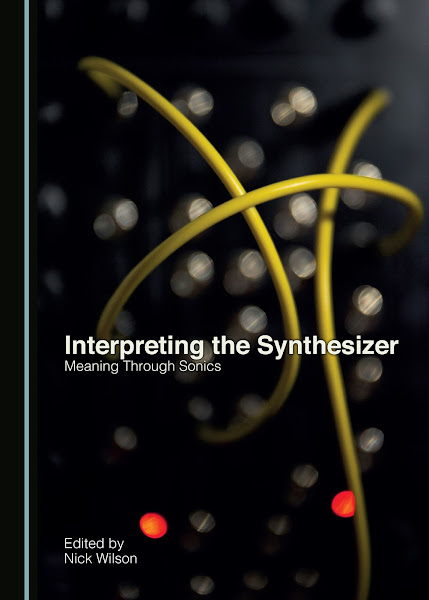
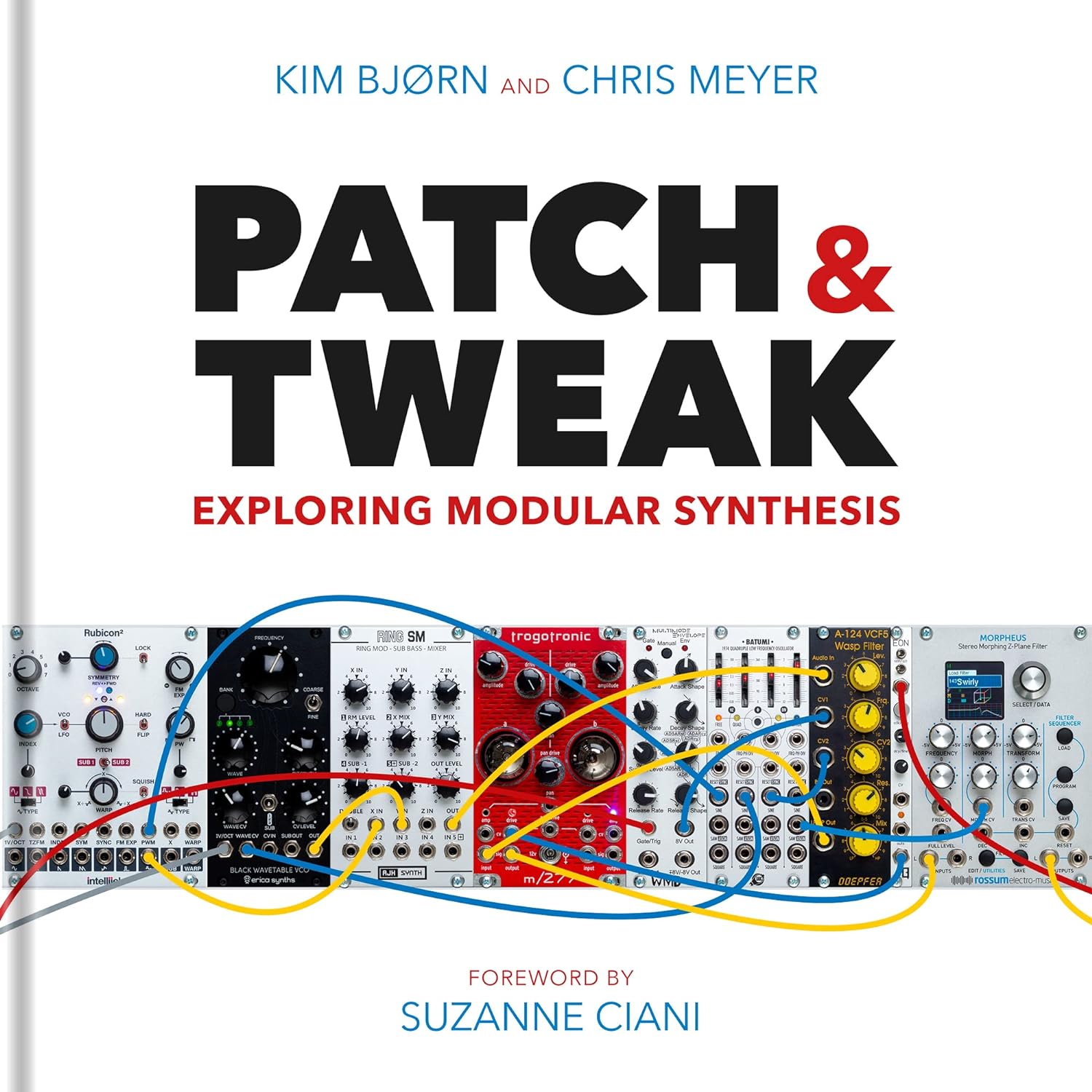

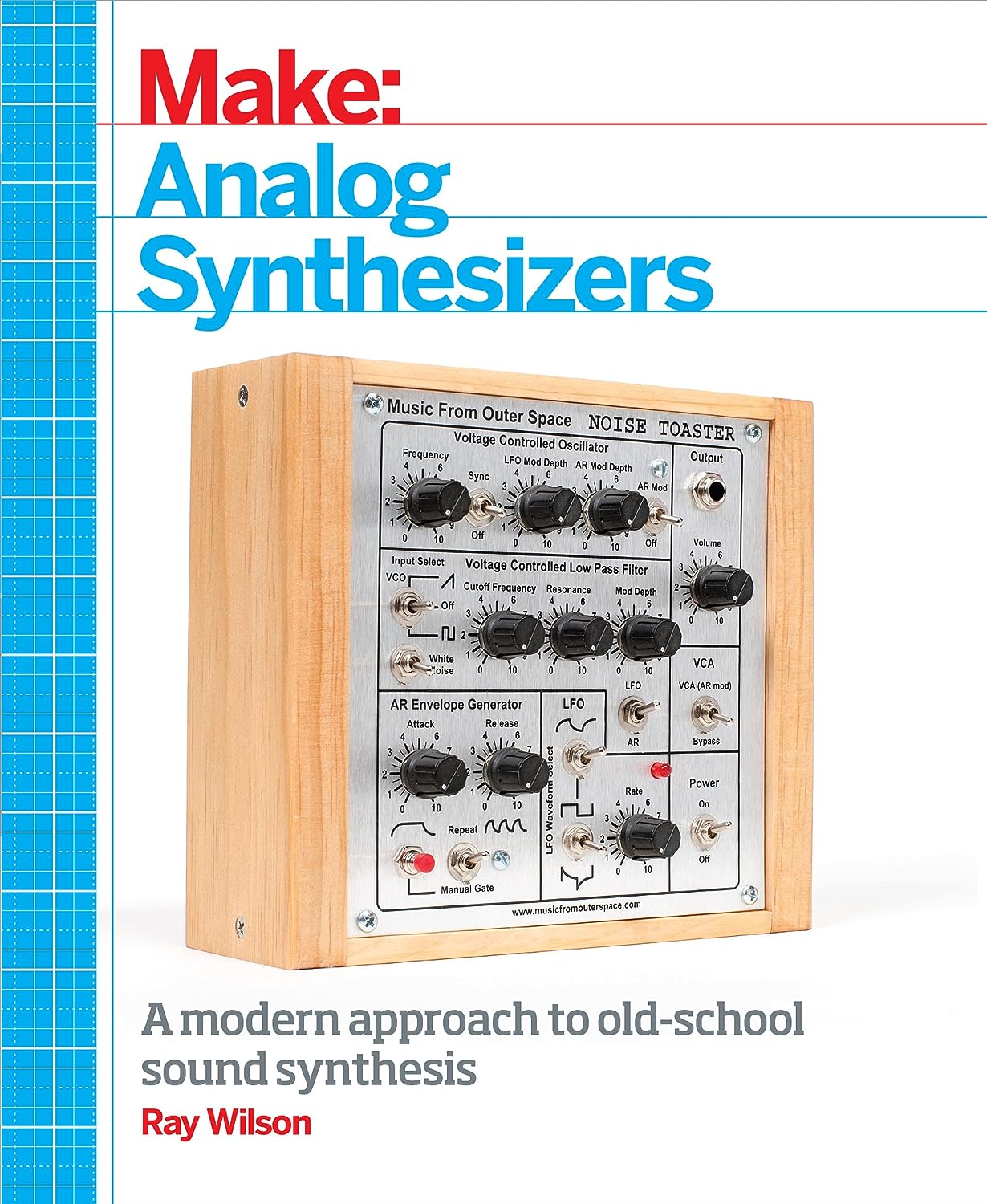

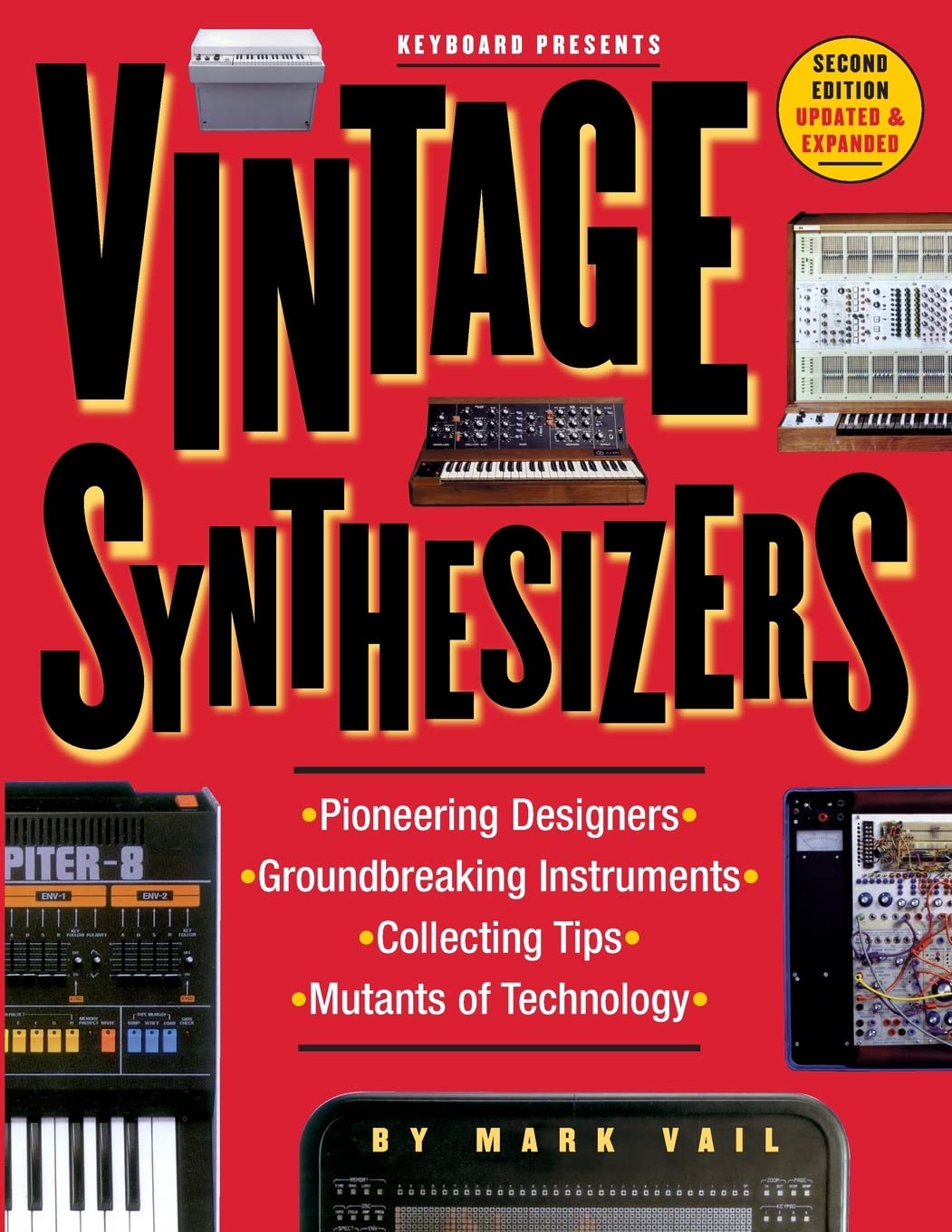
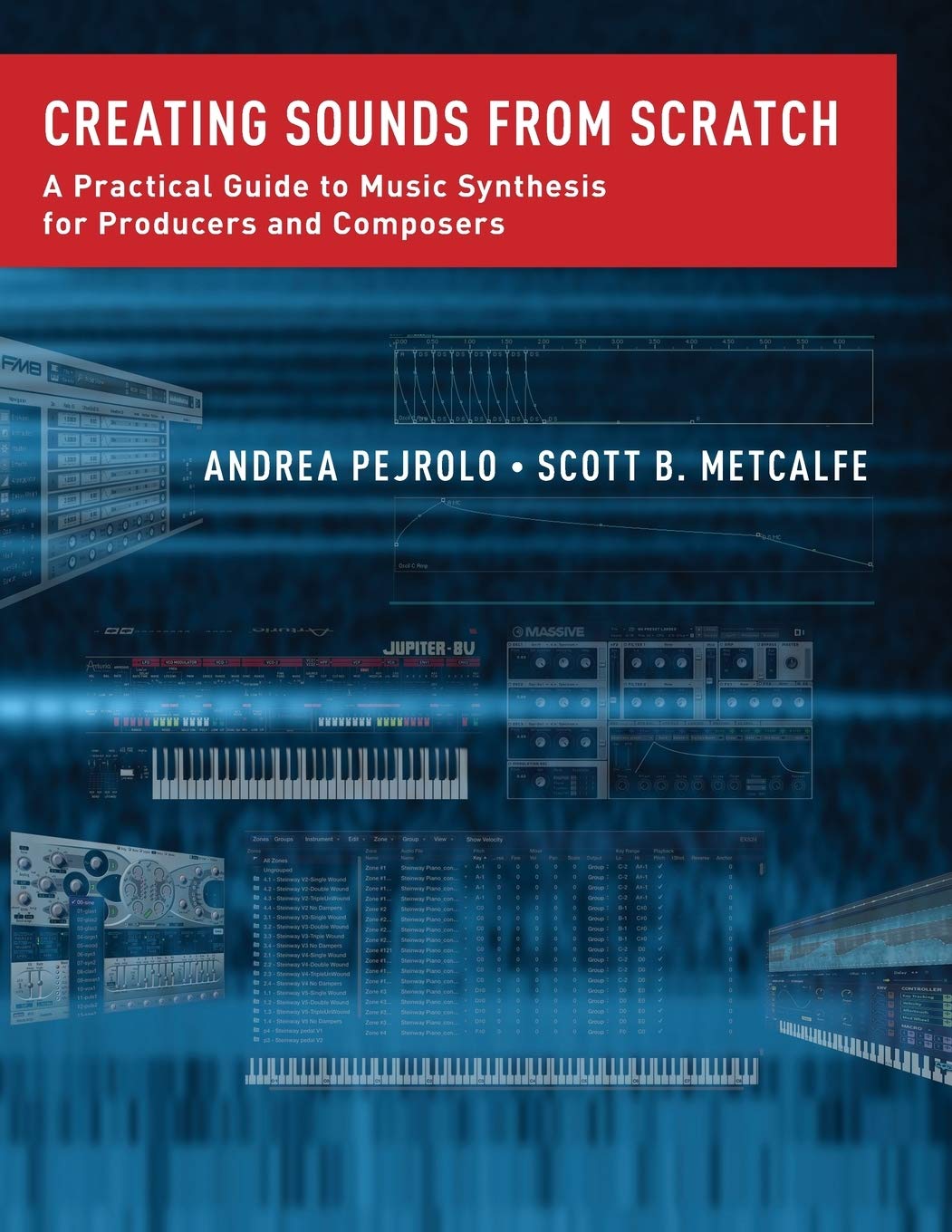
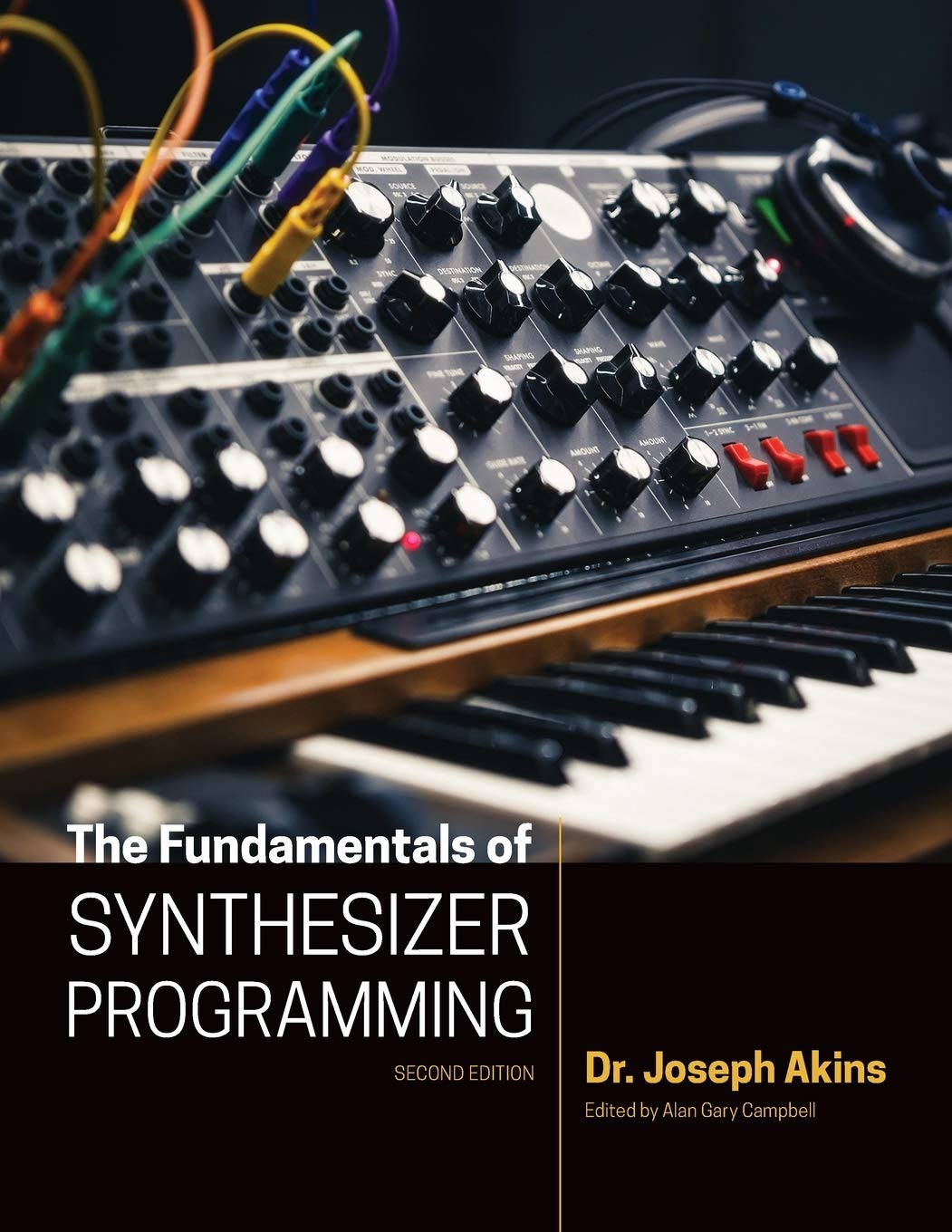

© Matrixsynth - All posts are presented here for informative, historical and educative purposes as applicable within fair use.
MATRIXSYNTH is supported by affiliate links that use cookies to track clickthroughs and sales. See the privacy policy for details.
MATRIXSYNTH - EVERYTHING SYNTH













© Matrixsynth - All posts are presented here for informative, historical and educative purposes as applicable within fair use.
MATRIXSYNTH is supported by affiliate links that use cookies to track clickthroughs and sales. See the privacy policy for details.
MATRIXSYNTH - EVERYTHING SYNTH
Subscribe to:
Post Comments (Atom)













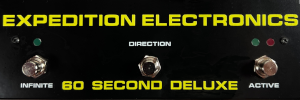










It's ALL breadboards? I'm stunned that it works!
ReplyDeleteThis comment has been removed by the author.
ReplyDeletegreat stuff, is this your own design? great stuff! :-)
ReplyDeleteLooking at the crowded little hardware box, and thinking of the 26 VCAs, I was amazed, too. It seems like an ambitious cross between an ASM-1 and a SunSyn.
ReplyDeleteAnyway, I'm impressed and inspired. Get out your soldering irons, folks.
He has another (audio-only) demo of the synth here:
ReplyDeletehttp://www.k5000.org/music/SpaceOdyssey.mp3
Yes, it's really all done on veroboards. Had some trouble with this in the beginning, but meanwhile everything works amazingly stable. Don't talk about crosstalk between the circuits, but as you hear, it's not too much. SNR is a bit poor, for sure.
ReplyDeleteOwn design? The overall design, yes. The functional units (VCO, VCF, VCA) are inspired by circuits found in the web and the datasheets - this was especially necessary as i did nothing with electronics for over 15 years and needed to get into it somehow.
ASM-1 is one of the inspirations, i learned much of those circuits, but i heard of the SunSyn first somewhere when i nearly completed this synth. Until then, i thought my design is unique :) But the overall concept is somewhat similar to SunSyn or Andromeda.
Why is it such a surprise that it works just because it's built on veroboard? The original post doesn't mention what type of veroboard was used, but I once built a polyphonic synthesiser using (copperless) veroboard, without any real problems due to the construction method at least. The six voice boards were tedious to build though ... took a week, one per day.
ReplyDeletehttp://www.butoba.net/homepage/mimia.html
Anyway, congrats to your breadboard synth. Nice to see DIY is alive and well and sounding good!
It's all done on those veroboards with one copper pad per hole, so no stripeboard, no copperless board. I like those most, as you can work very fine with them.
ReplyDeleteThe potential problem is the wire. You use coated copper wire, for example from a relay coil. It is possible to acidentally damage the isolating due to heat or for mechanical reasons, resulting in a short circuit, in worst case disappearing when you start debugging it. I think i had 3 of those effects during the whole build time, one on the backplane and 2 on modules. Meanwhile, all are fixed, no problems any longer.
As an additional info - besides the development of the electronics on breadboards (don't confuse veroboards and breadboards :), the build time of each module is about 4-5 hours, which includes mechanical work and soldering everything together.
ricard: your synth also looks interesting. Well done mechanical work also!